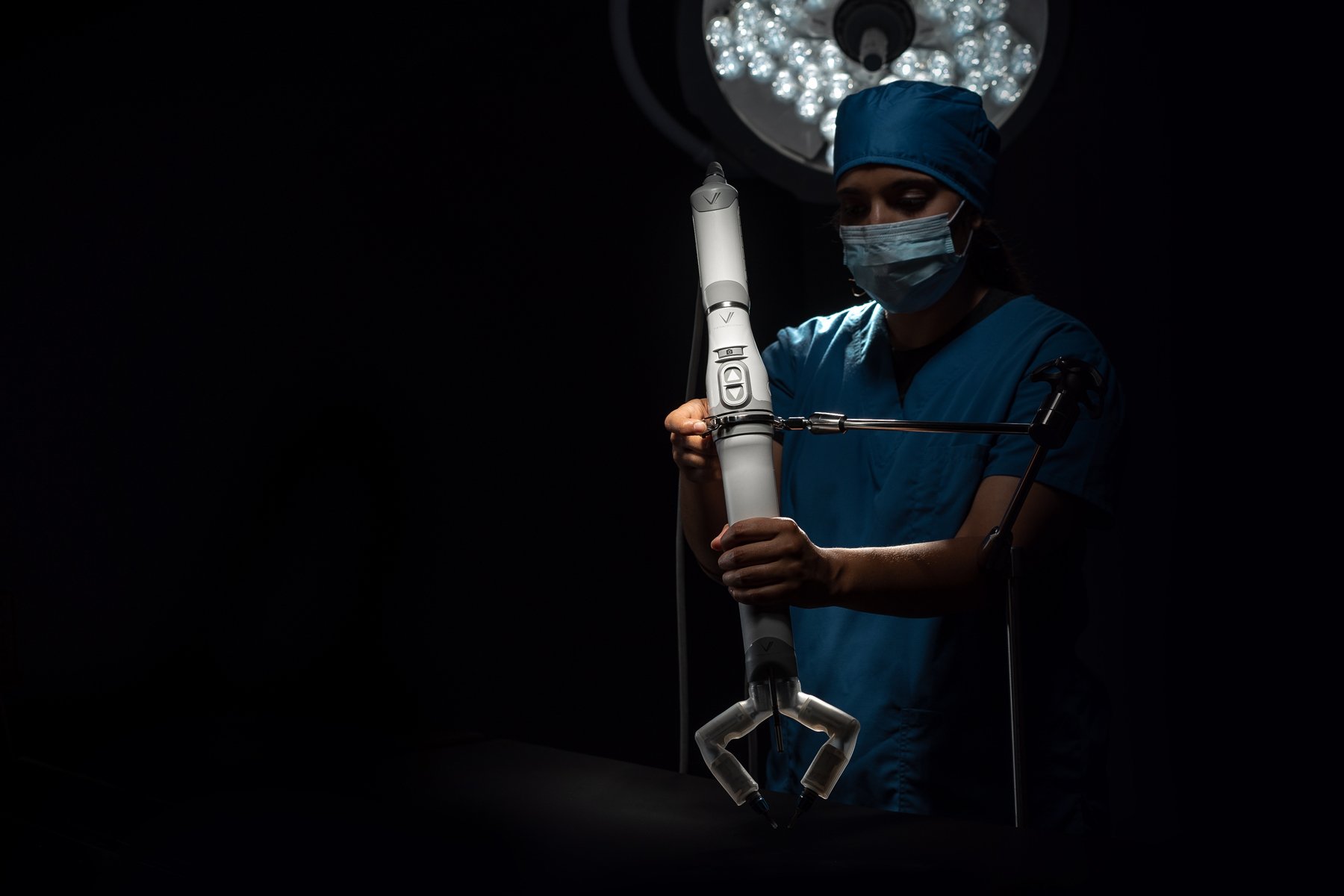NIR‐II Type I Photosensitizer for Efficient Cancer Therapy Through Synergistic Ferroptosis/Pyroptosis Induction and Mitophagy Inhibition
Advanced Healthcare Materials, EarlyView.

A mitochondria-targeted NIR-II type I photosensitizer (MTC) is developed that effectively damages mitochondria upon laser irradiation, triggering ferroptosis, pyroptosis, and inhibition of mitophagy. These synergistic effects induce immunogenic cell death, stimulating a robust immune response. MTC nanoparticles enable high-resolution NIR-II fluorescence imaging in murine vasculature and demonstrate precise tumor-specific accumulation, resulting in potent phototherapeutic antitumor efficacy.
Abstract
The advancement of tumor-targeted phototheranostics requires photosensitizers (PSs) exhibiting multimodal intervention capacities, such as mitophagy regulation and programmed cell death activation. However, the rational design of such PSs remains a significant challenge in precision oncology. In this study, a mitochondria-targeted near-infrared II (NIR-II) emissive PS (MTC) is reported, which synergistically induces ferroptosis and pyroptosis while inhibiting mitophagy for precise tumor ablation. Through strategic π-conjugation extension, MTC achieves NIR-I absorption and NIR-II emission properties. Its optimized radiative and non-radiative decay facilitates type I reactive oxygen species (ROS) generation and high photothermal conversion. The lipocationic nature of MTC ensures its selective accumulation in the mitochondria of cancer cells. Upon laser irradiation, MTC-mediated phototherapy triggers lipid peroxidation and mitochondrial membrane disruption, inducing synergistic ferroptosis and pyroptosis. Meanwhile, mitochondrial damage initiates mitophagy but subsequently blocks mitophagic flux at the autophagosome stage, amplifying ferroptosis and pyroptosis. These collaborative actions elicit immunogenic cell death, stimulating a robust immune response. MTC nanoparticles (NPs) enable high-resolution NIR-II fluorescence imaging of murine vasculature and dynamic respiratory tracking. Notably, MTC NPs demonstrate precise tumor-specific accumulation, enabling highly effective antitumor phototherapy. This mitochondria-targeted theranostic paradigm advances precision oncology by interlinking photodamage with programmed cell death networks and mitophagy regulation.














































































































































